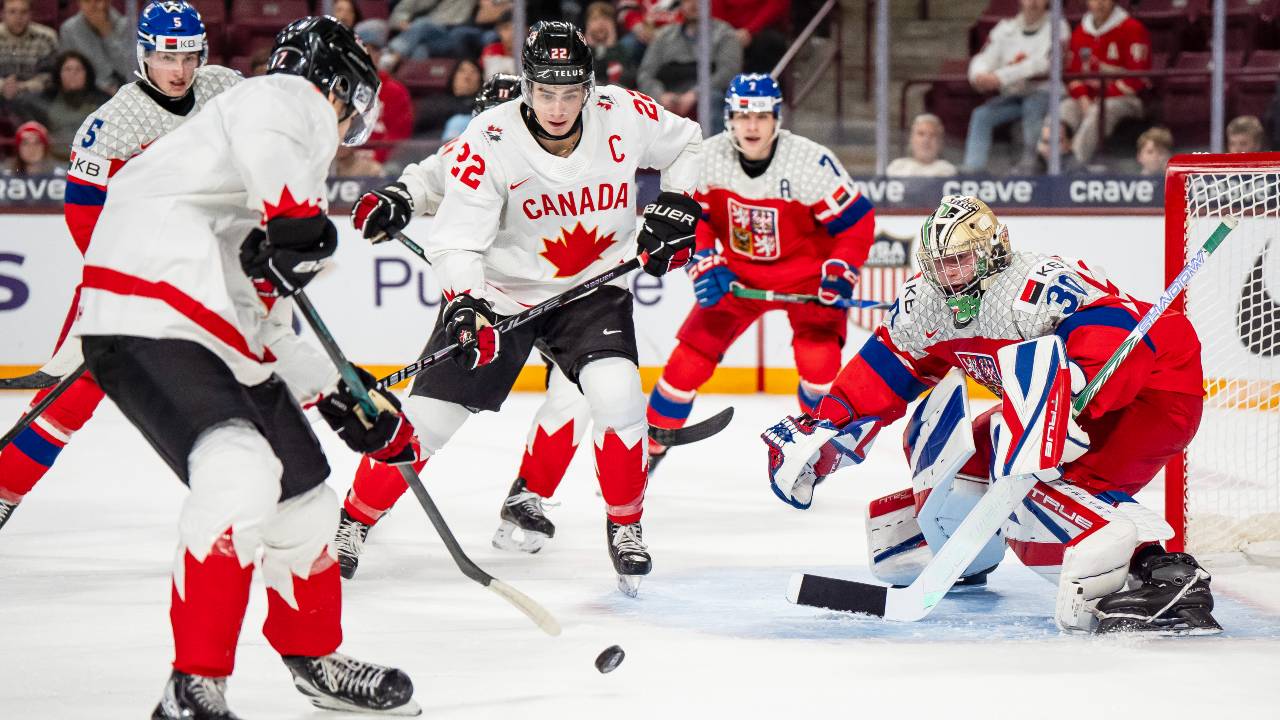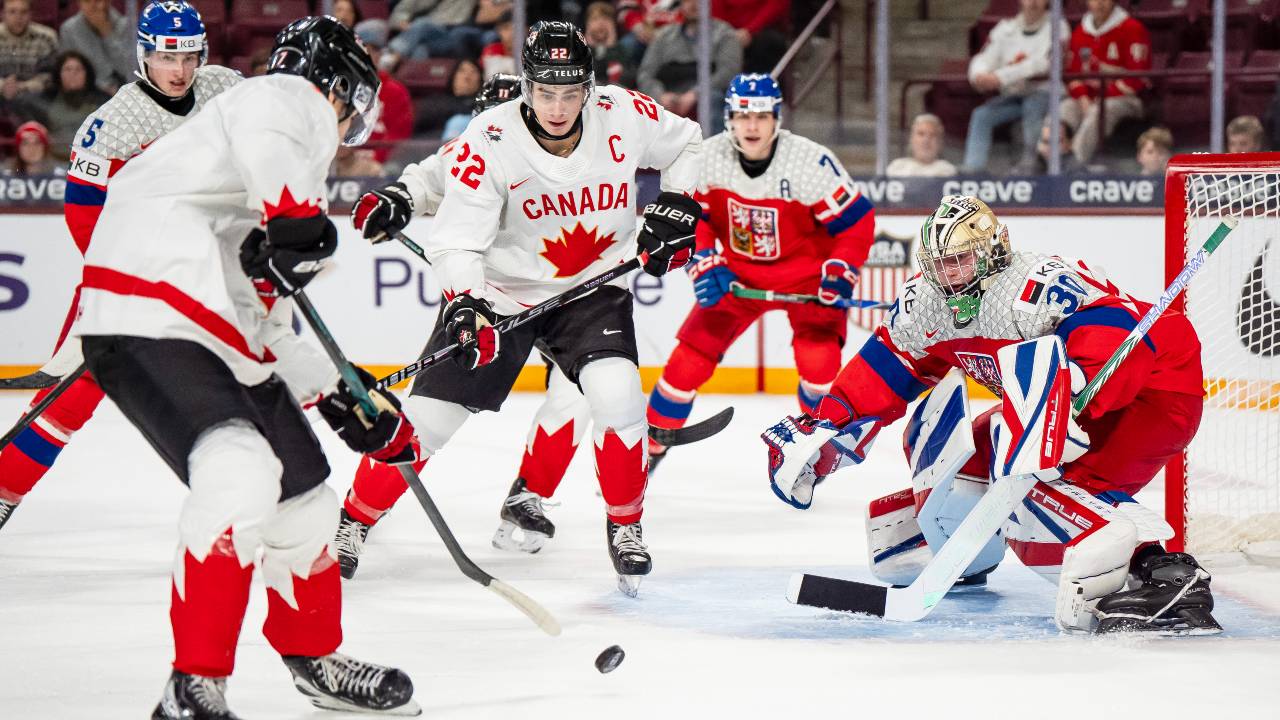
TORONTO – For most of 2023, the Toronto Blue Jays have been considered an enigmatic club because of their inability to live up to pre-season expectations.
With the pitching consistently keeping runs off the board — with the help of some excellent defence — that underperformance has been driven by the lineup. Even with the team making a concerted effort to trade offensive punch for run-prevention ability in the offseason, it’s still been surprising to see this group rank 16th in the majors in run scoring.
The team’s prospects have changed radically in recent days, as they’ve won five of their last six games, but even during that time they’ve averaged just 4.3 runs per game.
A combination of a low team ERA and unimpressive run-scoring numbers has given rise to a narrative that the Blue Jays are a few more hits from being a team to be feared.
If George Springer, Matt Chapman, Alejandro Kirk, Bo Bichette and Vladimir Guerrero Jr. perform closer to their career norms, and the pitching staff continues to roll, Toronto could be tough to stop.
The team also had significant issues hitting with runners in scoring position early in the year that drove down its run totals, despite all-around offensive measures such as wRC+ tending to categorize the Blue Jays as a top-10 offence.
It’s been an appealing narrative to think of Toronto as a team that’s a few clutch hits away from being a squad with a far better record in a far better position. In a sense that’s true, by FanGraphs’ Clutch score — a metric that measures how much better or worse a team is in high-leverage situations than it is in a context-neutral environment — the Blue Jays rank 27th in the majors (-5.03).
The less discussed side of the Blue Jays’ clutch narrative is the pitching. The performance of the team’s pitchers in high-leverage situations is even more extreme than what the hitters have done.
With nine games remaining in the season, the team’s pitching Clutch score (+7.44) is the highest in franchise history. The second-best mark is the 6.55 the 1998 team had, followed by the 4.80 produced by last year’s team. Toronto’s ERA in high-leverage situations (5.87) is more than a run better than the next-best club in the majors (the Baltimore Orioles, at 7.23).
Clutch score is a rarely cited statistic, in part because it doesn’t tend to be predictive. You can debate whether clutchness is an attribute a player can have or not, but it’s tough to apply that controversial characteristic to an entire team that can use dozens of players over the course of a 162-game season.
When the Blue Jays were struggling to get hits with runners in scoring position, it was rational to assume that their issues were temporary. It made more sense to attribute their issues to random variation and poor cluster luck than assume a chronic inability to rise to the occasion up and down the lineup.
Since Aug. 1, the team has hit .304 with runners in scoring position with a 127 wRC+. There was no reason to expect the pendulum would swing quite as far as it has, but it’s an emphatic reminder of how situational statistics fluctuate.
Unfortunately for the Blue Jays, that may also be true with the team’s pitching. In the crucial games to come, it’s not reasonable to assume the team’s pitchers will continue to be so much better than usual precisely when they need to be. Even though that has been the case for 153 games, that’s simply not enough to give us insight into future outcomes.
For much of the year, the Blue Jays have been billed as a team with an offence that’s better than it has shown, paired with a stellar pitching staff. Realistically, the pitching staff is probably as much worse than it appears as the offence is better — if not moreso.
Toronto is approximately the team it appears to be: one that’s good, but not good enough to avoid a tooth-and-nail fight for a playoff berth. While the quality of the team may be about what the record says it is, a series of bizarre high-leverage results have distorted its true strengths and weaknesses.







